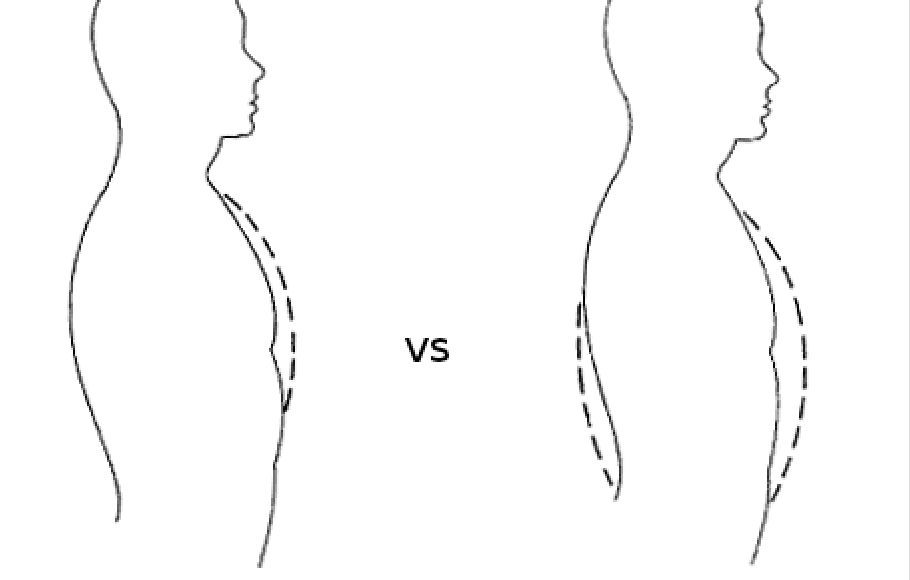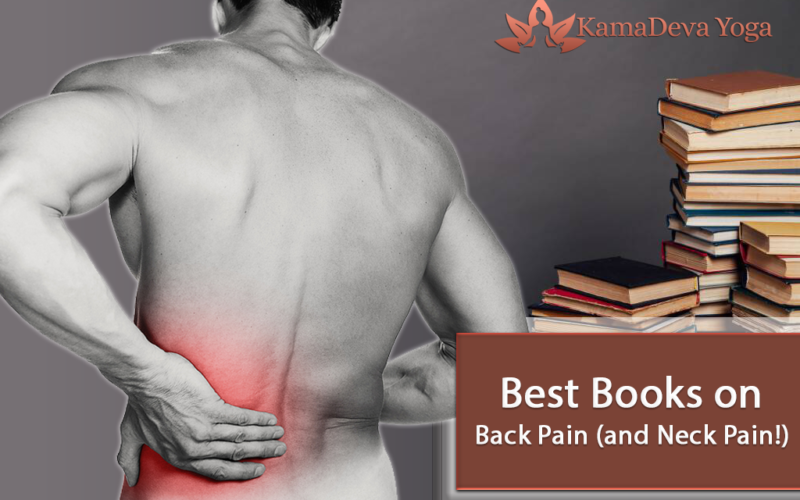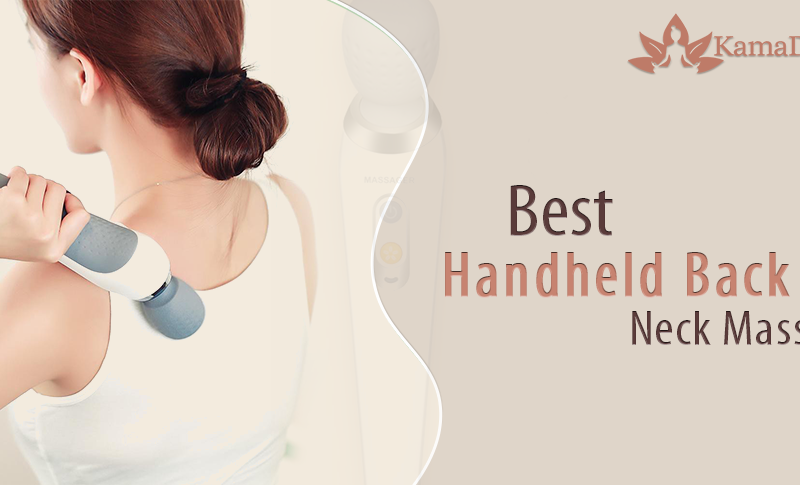Breathing is an involuntary bodily function and a necessary function to live.
How you breathe affects other aspects of your quality of life, including back pain. The following will discuss the differences between shallow breathing(sometimes called paradoxical breathing) and deep belly (diaphragmatic) breathing and how it affects back pain.
The Mechanics of Breathing
The process of breathing is compared to hydraulics. Your diaphragm, a thin, but wide muscle between the ribs and abdomen, is the chief breathing muscle. It’s designed like a dome-shaped muscle that flattens when it contracts. It’s a significantly strong muscle, but like all muscles, it must be used and exercised properly to function well.
As the diaphragm contracts, its dome significantly flattens, which results in it pushing down on the viscera (internal intestinal area), acting as a hydraulic plunger, as a piston in a cylinder. The fluidity of the viscera is not made to be compressed, so it moves out of the way, outwards. The abdominal area is pushed down and out.
Yes. The back and neck muscles are engaged and involved in proper breathing. It’s one way to relax and keep your muscles fed and healthy.
Without proper breathing, you’re headed for more back pain and more health problems.
Correct and Effective Breathing
When you’re breathing correctly, as you inhale, using your diaphragm, your abdomen expands. If your diaphragm is being engaged, your abdomen must move. If you’re breathing in and out, but your belly isn’t expanding, you’re not using your diaphragm.
Proper, effective breathing is referred to as ‘belly breathing’, ‘diaphragmatic breathing’, or ‘abdominal breathing’.
If you’re not using your diaphragm as its intended for breathing, you are doing what’s called ‘shallow breathing’. This can cause the diaphragm to be chronically tight or atrophied. If you get out of breath easily, it could be due to shallow breathing.
Correct breathing relaxes muscles, which results in less back pain, neck pain, jaw pain, headaches, and other side effects of chronically contracted muscles.
The Effects of Shallow Breathing
Shallow breathing isn’t just a problem with the diaphragm but is also associated with other issues that affect the entire body, like anxiety and back pain.
- Chronically tight neck and chest muscles used to assist respiration, but not take it over. These muscles include the major and minor pectoralis chest muscles, the scalene muscle in your neck, the serratus anterior that wrap around your ribcage and underneath your arms, and the serratus posterior superior and inferior in the back.
- Intra-abdominal pressure, which hinders the menstrual cycle, waste elimination, and digestion.
- Chronically tightened core muscles, including those in the low back.
Now you can understand how it affects back pain and spasms.
Back Pain and Shallow Breathing
Just like any muscle, lack of use of the diaphragm causes muscles to become chronically tight, affecting your pain levels in your back and neck, especially the low back.
Due to this tightening of muscles, the diaphragm is restricted and can’t move freely as it’s intended. If the diaphragm can’t fully contract and expand, your back muscles take longer and are harder to relax.
What happens in shallow breathing is that the ribs don’t expand or contract with every breath, but instead just moves up and down as an attached unit.
Causes of Shallow Breathing
Shallow breathing is problematic, but what causes people to breathe this way instead of diaphragmatically? And chronic back pain.
- Smoking or medical conditions that cause laboured breathing.
- The habit of watching others not breathe well. It starts when you’re an infant, imitating the breathing habits of your parents and/or siblings. It’s a pattern of movement and postural habits.
- Excessive sitting keeps the hips flexed at a 90-degree angle, which compresses the abdomen, resulting in mechanically poor respiration.
- Stress that a hectic lifestyle and high-pressure jobs result in muscle tension in the neck, shoulders, jaw, and face. That limits diaphragmatic breathing because you’re likely trying too hard to breathe with your throat muscles.
- Vanity is also an issue with breathing as no one wants their ‘belly’ to stick out, so they suck in the abdomens when they breathe, which becomes a postural habit that follows you into old age.
- Breathing is an expressive and emotionally stimulating action that people are avoiding as their vanity prevents them from breathing properly so as not to have a ‘pot belly’.
- Emotional stress can cause a tense abdomen, which also adversely affects proper breathing.
- It’s hard work to breathe properly. Most people prefer to stick to their postural and movement habits because it’s too difficult, not because they can’t.
- Diaphragmatic weakness is a major cause of poor respiration habits. Once the strength of your diaphragm is lost, it’s hard to regain. The difference between a 10-year old being out the habit of diaphragmatic breathing and a 20-year old is staggering. The loss of the diaphragm’s strength doesn’t get better with age with shallow breathing.
Corrective & Effective Diaphragmatic Breathing
The easiest and smartest way to “fix” your breathing is to get back to basics.
Understand that breathing is the foundation of a healthy life, therefore restoring your relaxed and proper breathing patterns are the key to optimal movement and core strengthening strategies.
You must address your breathing, or it would be like building a house on a sand foundation, which will cause it to sink and fall. You need a solid foundation upon which to build a house just like you need a solid foundation to restore breathing habits.
Healthy vs Reverse Respiration
- Healthy breathing – When you inhale, your abdomen expands outwards. When you exhale, your belly contracts inwards.
- Reverse breathing – When you inhale, the abdomen contracts inwards. When you exhale, the abdomen contracts outwards.
Healthy breathing is what you’re trying to achieve. You don’t want reverse breathing to remain a habit because it’s simply unhealthy. Reverse breathing will cause more back pain, while healthy diaphragmatic breathing will reduce back pain.
Diaphragmatic Breathing Technique
Now that you know how shallow breathing affects your health, and more specifically back pain, it’s time to start enjoying a better quality of life with less back and neck pain and overall general health.
This is a step-by-step breathing exercise to help you restore diaphragmatic breathing and put an end to unhealthy shallow breathing.
- Lie down on your back on your bed or a flat surface, or you can sit in a chair.
- Place one of your hands on the upper chest and the other below the ribcage, on your abdomen (belly). This way, you can feel your diaphragm move when you breathe in and out.
- Take a breath in slowly through the nose, allowing your belly to move outward against your hand. The hand that’s on your chest should be relatively still.
- As you breathe out, gently contract in your abdominal muscles, allowing them to naturally move inward while you exhale through pursed lips. Your upper chest should remain as still as possible throughout this process.
- You will start to gain control over the expansion and contraction of your belly and the stillness of your chest. Now it’s time to coordinate expansion.
- When you’re breathing in and out, let both your hands rise and fall as one (together at the same time). This movement allows for the optimal expansion of your diaphragm.
Back pain is a major problem for millions of people across the globe. Sometimes it’s your mattress or pillow giving you problems, other times it’s something as simple as the way you breathe. Breathing properly is a natural and organic way to reduce back pain and live a healthier and happier life.
Anne Keiley
Latest posts by Anne Keiley (see all)
- 7 Best Books on Back Pain (and Neck Pain!) in 2024 - April 23, 2024
- Best Handheld Back & Neck Massagers (2024) - April 22, 2024
- Best Electric Heating Pads and Wraps for Neck & Shoulder Pain (2024) - April 21, 2024





